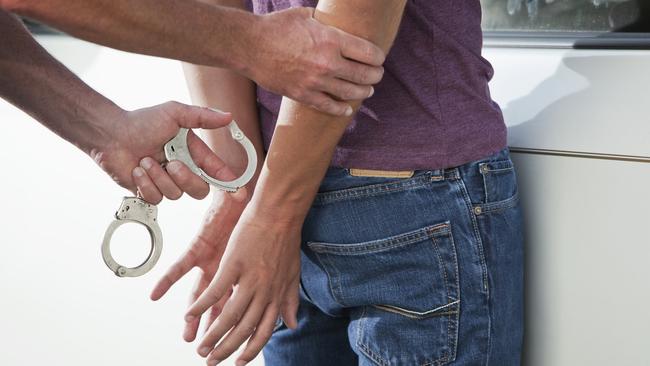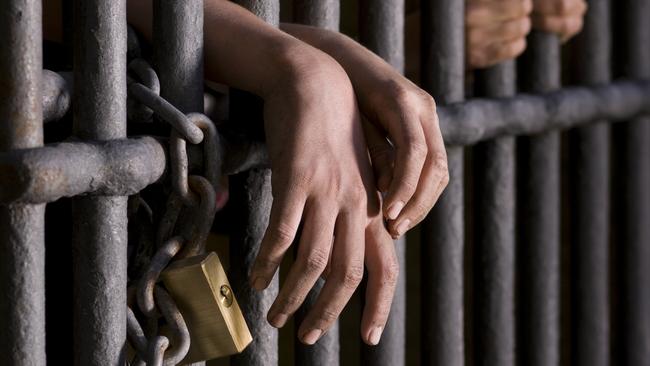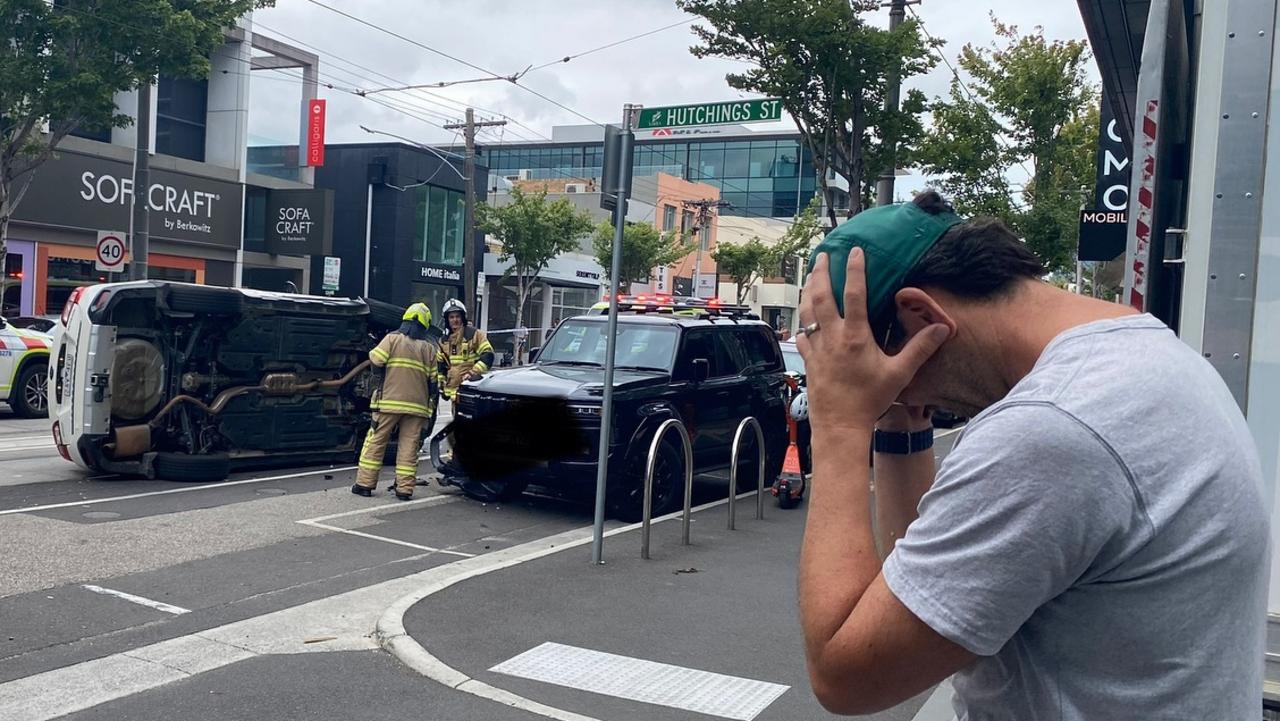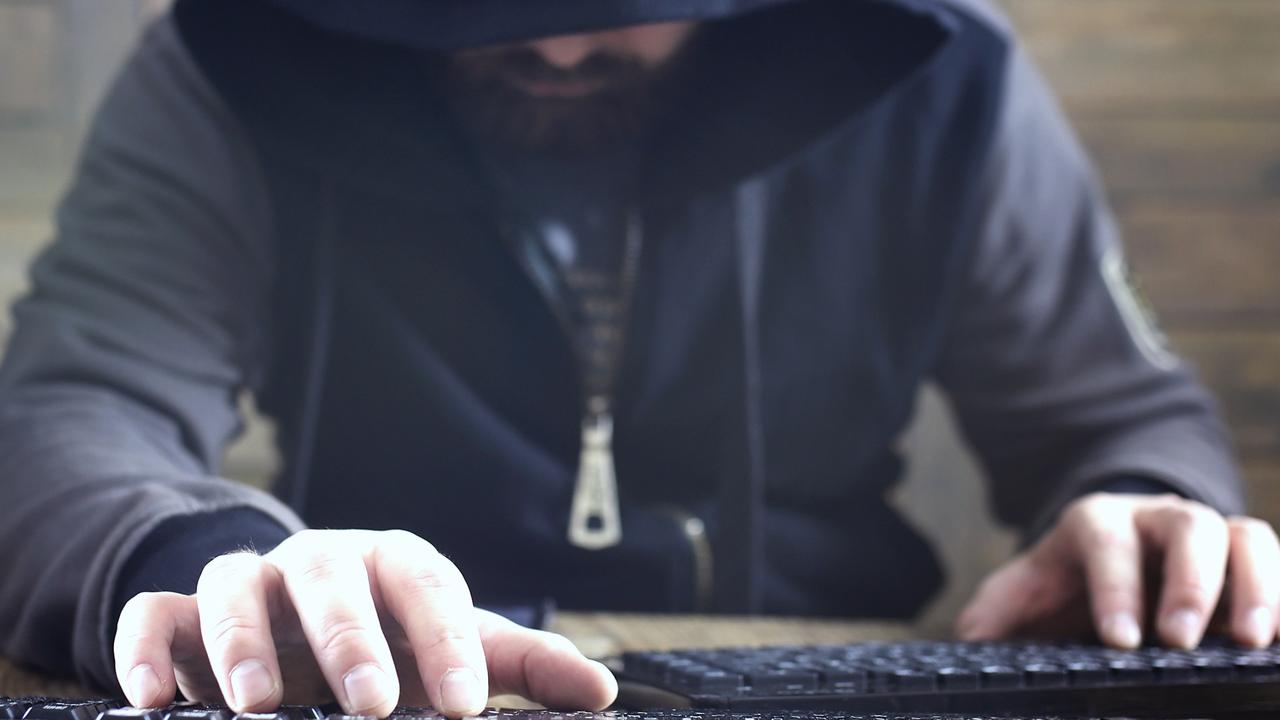Victoria’s youth incarceration rate becoming a ‘huge issue’, experts warn
Top criminology experts have serious concerns about the rate of young Victorians being locked up in juvenile detention.

Police & Courts
Don't miss out on the headlines from Police & Courts. Followed categories will be added to My News.
The rate of young Victorians being locked up in juvenile detention has rocketed 32 per cent over the past five years, prompting one of the nation’s top criminology experts to warn institutionalisation is becoming a “huge issue”.
Data released by the Australian Institute of Health and Welfare shows on an average day 191 teens were locked up in 2018-19. The figures also show a 9.6 per cent jump of those who have been through the youth justice system returning to supervised detention in the past five years.
Overall, the data showed there were 953 young people (aged over 10) under supervision on an average day in 2018-19, down from over 1150 in 2014-15. Compared with other states with young people aged 10-17 under supervision during 2018-19 Victoria was fourth highest — with Queensland in top spot.
Dr Marietta Martinovic, a senior lecturer in criminology at RMIT University, said youth detention should be considered only as a last resort.
“Institutionalisation is a huge issue,” she said. “The younger the person that comes into the system, the more likely they are to stay in the system. That’s proven study after study.
“Keeping people away from the system is going to actually produce good outcomes for them.”
This concern was echoed by Paul McDonald, CEO of Anglicare Victoria, which supports vulnerable children, saying: “We’re proving that we’re locking up more young people than we’re actually offering community support or supervision.”

Youth Justice Minister Natalie Hutchins said Victoria had the lowest rate of young people under youth justice supervision.
“We are focused on helping them stay on the right track including funding another 1400 places in youth support services in the Victorian Budget 2020-21,” Ms Hutchins said.
Tania Maxwell, Member for Northern Victoria, said she was “astonished there is not significantly more focus on early intervention and primary prevention to prevent these young people from becoming involved in the youth justice system”.
“Systemic changes to the methodologies used in the past within DHHS, Child Protection and other youth organisations are in desperate need of attention,” she said.
Ms Maxwell said intervention began too late with organisations “being faced with young people’s behaviours which have become entrenched over a long period of time”.
“Whilst these organisations do incredible work with the funding they are provided, my concern lies within the lack of capacity to sustain contact with families and young people to ensure they are empowered to receive the support required which may be required from a collective of various agencies.
“Navigating these services can be complex and early intervention may reduce the number of organisations who become involved with these young people and their families.”
The state government came under fire in 2016 after teens were transferred to the adult maximum-security Barwon Prison after trashing units in riots at the Parkville and Malmsbury youth detention centres. In 2018, four Victorian youth inmates were also transferred to adult prisons to lift safety at youth justice centres.
A new youth justice centre is set to be built in Cherry Creek, near Werribee, by 2022.
Brad Battin, state opposition Youth Justice spokesman, said: “Instead of coming out [of detention] as rehabilitated young people, many are instead coming out more embedded into a potential life of crime.”




